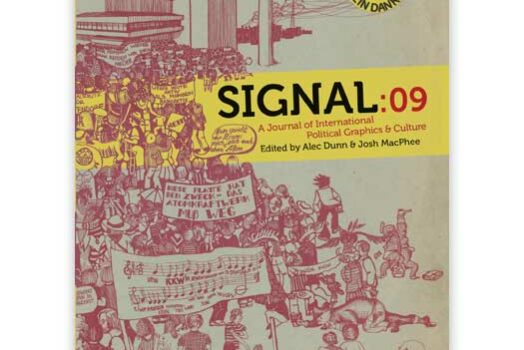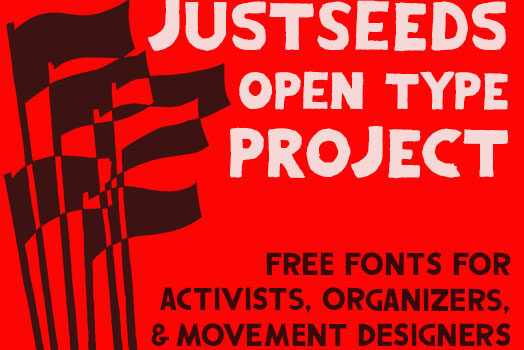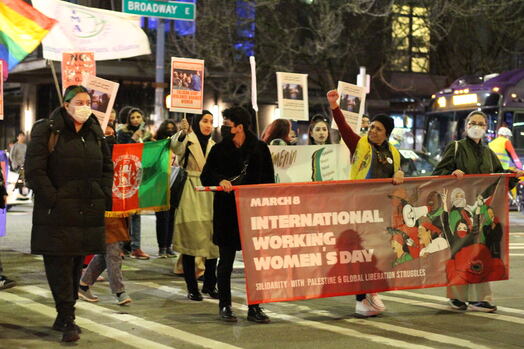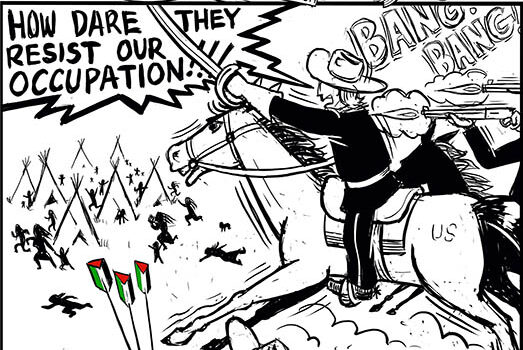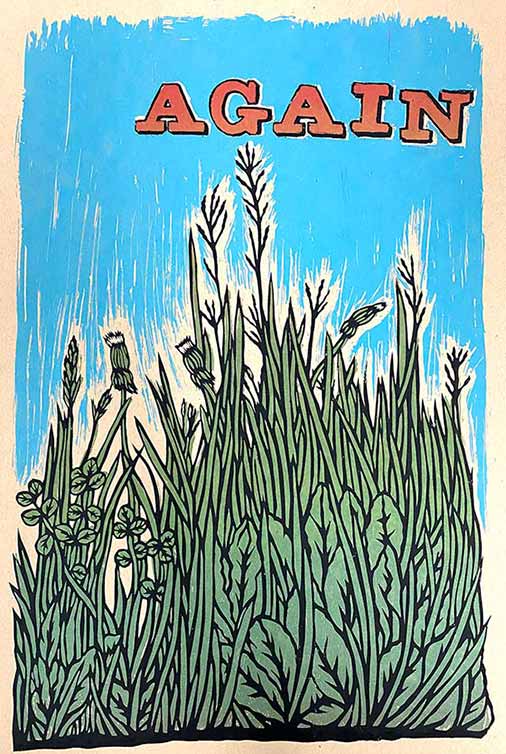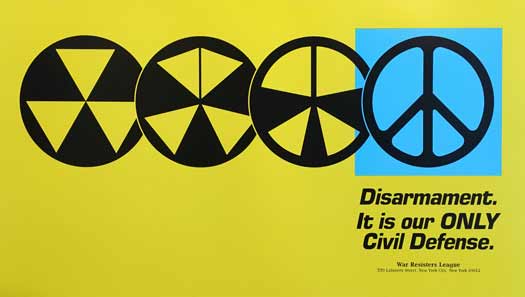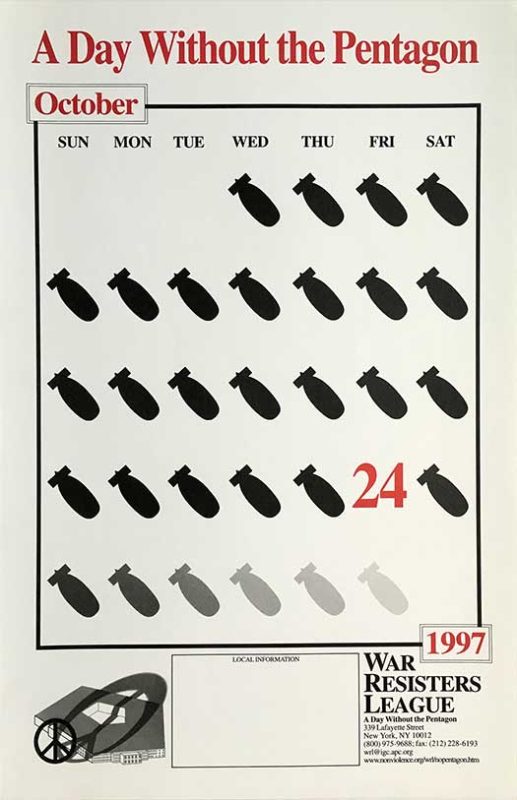This is a long piece about art and activism for a mainstream paper like the Washington Post. Go Favianna, Cesar, and everybody who got this coverage!
Cesar Maxit, Graham Boyle, other artists inspired by community activism
By David Montgomery
Washington Post Staff Writer
Sunday, June 20, 2010
http://www.washingtonpost.com/wp-dyn/content/article/2010/06/17/AR2010061706284.html?hpid=artslot
The artists are just back from Arizona, where they have been playing activists, marching against that unforgiving new immigration law.
Now the erstwhile activists are at Busboys and Poets at Fifth and K streets NW, where they are playing artists again with a bunch of new work. The lights go down, the digital slide show comes up, and what we see is . . . art? Activism? Both? Neither?
Unclear, but let César Maxit be our guide.
Maxit, 34, was born in Argentina during the “Dirty War,” the state-sponsored violence against leftist dissidents during the ’70s and early ’80s. His parents made it to the United States when he was 6 years old. He’s at the center of a potent little ferment in Washington that toggles between creative political organizing and politically organizing creativity.
On this recent evening at Busboys, wearing a T-shirt that says “Legalize Arizona,” Maxit is holding a microphone and manipulating a laptop to call up images.
One is a poster designed by Maxit, one of his more straightforward works. The lettering says “Solidarity Black & Brown.” The image is a stylized silhouette of a Latino and an African American walking arm-in-arm. The Latino wears a shirt that says “Undocumented and Unafraid.” The African American’s shirt says “Deport Me Instead.”
Maxit based the poster image on an actual scene in Washington. The two men were part of the group that protested outside the White House on May 1, when citizens advocating immigration reform sat on the sidewalk and were arrested on behalf of illegal immigrants.
Now here is a photograph that shows a middle-age Latino couple in sun hats marching recently in Phoenix and carrying a poster with the same image, Maxit’s image.
Maxit pauses to let this cross-country frame-within-a-frame transference sink in among the audience of about 50: Here we have organizers in Arizona, seizing on a work created in Washington, which was inspired by a demonstration in Washington, and almost instantly repurposing it for a demonstration in Arizona. Political printmakers in Phoenix did the same with another of Maxit’s works, called “Brown Is Not a Crime,” which shows a line of white stick figures standing beside a brown one that is kneeling and handcuffed.
No one’s making much, if any, money off this art, and Maxit is happy for his work to be appropriated by others for the cause.
“It was real cool to see one of these posters,” he says. “The artists there had cut a stencil and created a whole new set of posters.”
Alliance of artists
Political art is nothing new, nor are theatrical props and high-style signage at demonstrations. What is novel is the self-consciousness with which a new set of artistic agitators in Washington and other cities are conceiving and strategizing their contribution to a range of left-leaning causes, not just immigration reform.
“There is an emerging national alliance of artists building,” says Favianna Rodriguez, 31, a printmaker, Web artist and professional organizer from Oakland, Calif., who collaborates with Washington artists and activists. Her work is included in the show. “We need to be strategic with our art in terms of what stories we tell, the timing of it,” she says.
“There definitely is a political poster renaissance going on,” says Carol A. Wells, founder and executive director of the Center for the Study of Political Graphics in Los Angeles. And it’s not just left-wing; the tea party movement is producing interesting work, she says. It’s a form of expression that flourishes when people feel out of power yet passionate about an issue, Wells says.
Trying to capitalize on the output are groups such as the National Day Laborer Organizing Network, which has received hundreds of digital images in response to its call for artists to submit work to the Web site http://altoarizona.com , says Pablo Alvarado, executive director of the Los Angeles-based group. (“Alto” is “halt” in Spanish.)
“There’ve been artist meetings in Phoenix, Los Angeles, Washington . . . about how to use the art to strengthen the movement,” Alvarado says. Not just visual artists, but also musicians, he says. “This is another way of advocating, another way of organizing, another way of reaching out to people. . . . What the art does in this case is turn circumstances of oppression into practices of liberation. . . . It helps people overcome the fear and feel proud of who they are and where they come from.”
The recent forum on art and activism at Busboys, and a show of new work by nine political artists that opened there June 11 called “Art in Crisis,” were coordinated by the Rivera Project, a nascent nonprofit in Washington named after Diego Rivera, the famed Mexican political muralist of the 1930s. Seven of the artists in the show are based in Washington; one is from New York. Rodriguez is the ninth.
The Rivera Project aims to provide institutional support — grants, gallery space, brokering commissions — to nurture “the fusion of art and social justice,” says founder David Thurston, 31, a former dance student and professional organizer.
Thurston is still completing the paperwork to officially register the project as a nonprofit. One-third of the proceeds of the sale of the work at Busboys during the six-week run of the exhibit will go to the Rivera Project and other groups advocating for peace and immigrant rights, he says. The works are priced from about $100 to $1,000. A handful have sold, for a total of about $2,000, yielding about $600 for the activist groups, Thurston says.
‘Trail of Dreams’
Sitting in the audience at Busboys, staring at himself turned into a poster child, was Carlos Roa, a Miami college student who was one of the four “Trail of Dreams” walkers who trekked from Miami to Washington several weeks ago to promote an immigration reform bill. He’s the guy who was pictured with an African American friend that day outside the White House. The Dreamers were back in town for more political activity — which artist Rodriguez was helping organize, being an activist again.
The characters involved in this scene have long since stopped drawing bright lines between art and life, politics and portrayal. “It’s beautiful, because it goes hand in hand,” Roa says.
These artists are not just postermakers for the revolution. They work in other mediums, too, including paint and salvaged tin. Several are also affiliated with a “street art” collective called DC51. The name derives from their belief that Washington should be the 51st state. Their work shows up on acrylic-primed scrap paper wheat-pasted anonymously to walls around town.
Political outrage is their prime inspiration. Their politics are rebellious, left-wing, anti-capitalist. They are no fans of President Obama. One piece shows Obama’s face superimposed with words such as “immigrants,” “war” and “empire.” “There are so many issues people are advocating for, I wish I had time to make art for all of it,” Maxit says.
Maxit pays the bills by doing both freelance commissioned art and freelance organizing. Even if he doesn’t have a paying client, his creative process involves thinking about a cause or issue he cares about, and then imagining the words and images that might advance it. He has designed posters for marches against the School of the Americas, for gay rights and against closing a Washington homeless shelter. Motifs from his work — a blue rose, a map of the United States shaped like the green leaves of a tree with the root system shaped like a map of the world — get picked up and incorporated into the work of others, or pasted on the Washington streetscape.
“I feel like an activist who uses art to get a message out,” Maxit says.
Showing solidarity
The trade-off for a political artist may be a little less creative license, says artist Graham Boyle, 26, whose paper-on-tin images show: a soldier firing a rocket that boomerangs back at him; a boy aiming a slingshot at some unseen Goliath; a parachute carrying a pile of gold bullion with the words, “People before profits, No more bailouts for the rich.”
“It’s putting the artistic ego aside, and being able to show solidarity in the moment for people who are being affected daily,” says Boyle, whose day job is coordinating the Hillyer Art Space in Dupont Circle.
But the reward is “capturing the stories of a very important shift” right now in American culture, says Rodriguez, the Oakland artist-organizer. “The shift is in the audience and who is being depicted.”
Her prints on paper and Web art depict real people caught up in the immigration drama, or they call attention to environmental problems in communities of color. When not cutting silk-screens, she is a co-founder of Presente.org, an online Latino organizing effort, and is a coordinator of the Trail of Dreams.
Pasted on the side of a building near Fifth and K streets NW is a boldly drawn, larger-than-life cartoon of a woman holding a microphone, a familiar character from the communal studio of artist Alicia Cosnahan. The woman’s T-shirt repeats the slogan of the day: “Legalize Arizona.”
But Arizona is only the latest scourge-muse. The artists are looking ahead.
“All those pictures of dead birds, dead wildlife, that’s got to get on posters everywhere,” says someone in the crowd at Busboys.
“I haven’t made any plans yet, but I’m thinking of going down to Louisiana and starting to organize,” Maxit says. “BP’s got to be shut down.”
